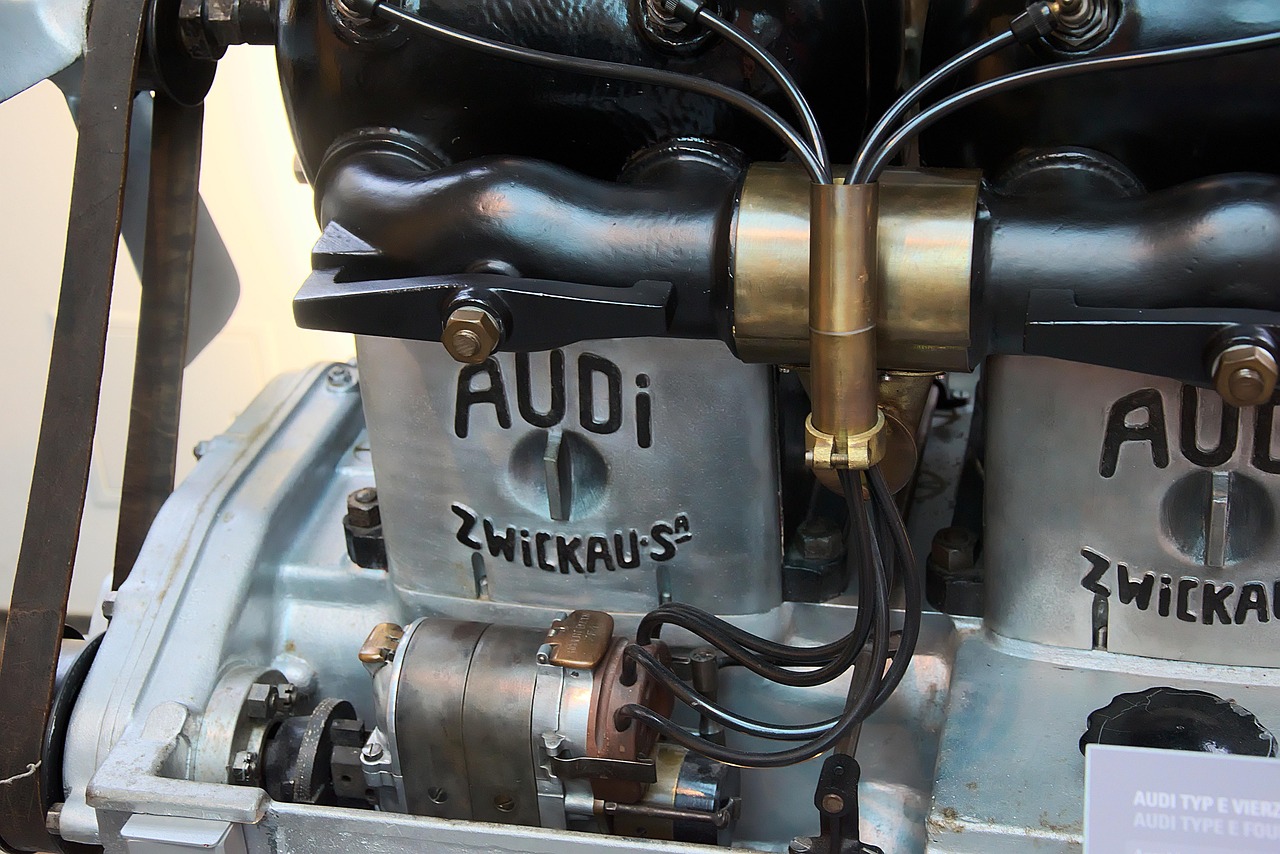Owning an Audi A6 Saloon is a rewarding experience, but like any finely engineered machine, it requires regular maintenance to keep running smoothly. One essential but sometimes overlooked task is a coolant flush. Over time, coolant degrades, losing its ability to regulate temperature while accumulating contaminants that can wreak havoc on your engine. If your Audi is due for a coolant change, don’t worry. This guide walks you through the entire process step by step.
Why a Coolant Flush Matters
Coolant plays a vital role in maintaining your engine’s temperature and preventing overheating. It also helps prevent corrosion and lubricates water pump components. However, after thousands of miles, it can become contaminated with rust, scale deposits, and other impurities, reducing its effectiveness. Flushing the system removes these contaminants and ensures fresh, high-performance coolant circulates through your engine.
Audi recommends checking your coolant levels regularly and replacing the coolant every 30,000 to 50,000 miles, depending on driving conditions. If you’ve noticed your engine running hotter than usual or signs of rust in the coolant reservoir, it’s time to take action.
What You’ll Need
Before you get started, gather the necessary tools and supplies:
- New coolant: Audi recommends using G13 coolant or an approved equivalent
- Distilled water (never use tap water, as it contains minerals that can cause scaling)
- Drain pan to catch the old coolant
- Socket wrench set
- Screwdriver
- Funnel
- Rubber gloves and safety goggles (coolant can be toxic, so take precautions)
- Coolant flush solution (optional but helpful if the system hasn’t been cleaned in a long time)
- Rags or shop towels (to clean up any spills)
Step-by-Step Guide to Flushing Your Audi A6 Coolant
Step 1: Ensure Safety First
You’re dealing with hot fluids and pressurized components, so never attempt a coolant flush on a warm engine. Wait until the engine has completely cooled. Usually at least an hour after driving. To prevent burns. Also, ensure your Audi is parked on a level surface and that the handbrake is engaged.
Step 2: Locate and Drain the Old Coolant
- Find the radiator drain plug. On most Audi A6 models, it’s located near the bottom of the radiator.
- Place your drain pan underneath to catch the old coolant.
- Slowly loosen the drain plug and allow the coolant to flow out.
- If there’s no drain plug, you may need to disconnect the lower radiator hose. Be cautious, as fluid can spill suddenly.
- Open the coolant reservoir cap to help air flow and speed up drainage.
Step 3: Flush the System
- If the coolant is very dirty, consider using a coolant flush solution to help break down deposits.
- Fill the system with distilled water and run the engine for 5-10 minutes to circulate the water.
- Turn off the engine and let it cool down completely before draining the water.
- Repeat this process until the water runs clear. This ensures there’s no remaining old coolant or debris.
Step 4: Refill with New Coolant
- Mix the G13 coolant with distilled water in a 50:50 ratio, unless you’re using pre-mixed coolant.
- Using a funnel, slowly pour the coolant mixture into the reservoir.
- Start the engine and let it idle with the heater on full blast. This helps remove any trapped air pockets.
- Keep adding coolant as air bubbles escape. Once the level stabilizes, replace the reservoir cap.
Step 5: Check for Leaks and Test Drive
- Inspect the drain plug and hoses for any signs of leaks.
- Take your Audi for a short drive and monitor the temperature gauge.
- After driving, check the fluid level again. It may drop slightly as remaining air escapes. Top up as needed.
Pro Tips for a Successful Coolant Flush
“One mistake I made the first time I did this? Forgetting to burp the system properly.”
Not removing air pockets can cause overheating, so always squeeze the radiator hoses gently while refilling to help release trapped air.
- Always dispose of old coolant properly. Never pour it down a drain, as it’s toxic to the environment. Most auto shops accept old coolant for recycling.
- If you see excessive rust or sludge in the drained coolant, you may need a more thorough flush or even a radiator replacement.
- Using the wrong type of coolant can cause damage. Stick with G13 or an Audi-approved equivalent.
When Should You Visit a Professional?
While a DIY coolant flush is straightforward, there are times when professional help might be the best choice. If you notice frequent overheating, coolant leaks, or unusual smells, it’s best to have a mechanic inspect your cooling system. A flush won’t fix underlying issues like a failing thermostat or a clogged radiator.
Keep Your Audi Running Cool and Efficient
Performing a coolant flush on your Audi A6 Saloon isn’t just about maintenance. It’s about protecting one of the most critical systems in your car. With clean coolant flowing through your engine, you reduce the risk of overheating, corrosion, and expensive repairs down the road.
If you’re comfortable with basic car maintenance, this task is well within reach. But if you’re ever unsure, there’s no shame in seeking professional assistance. The most important thing is keeping your Audi in top shape for many miles to come.
Have you ever done a coolant flush on your Audi? Share your experience in the comments below!





